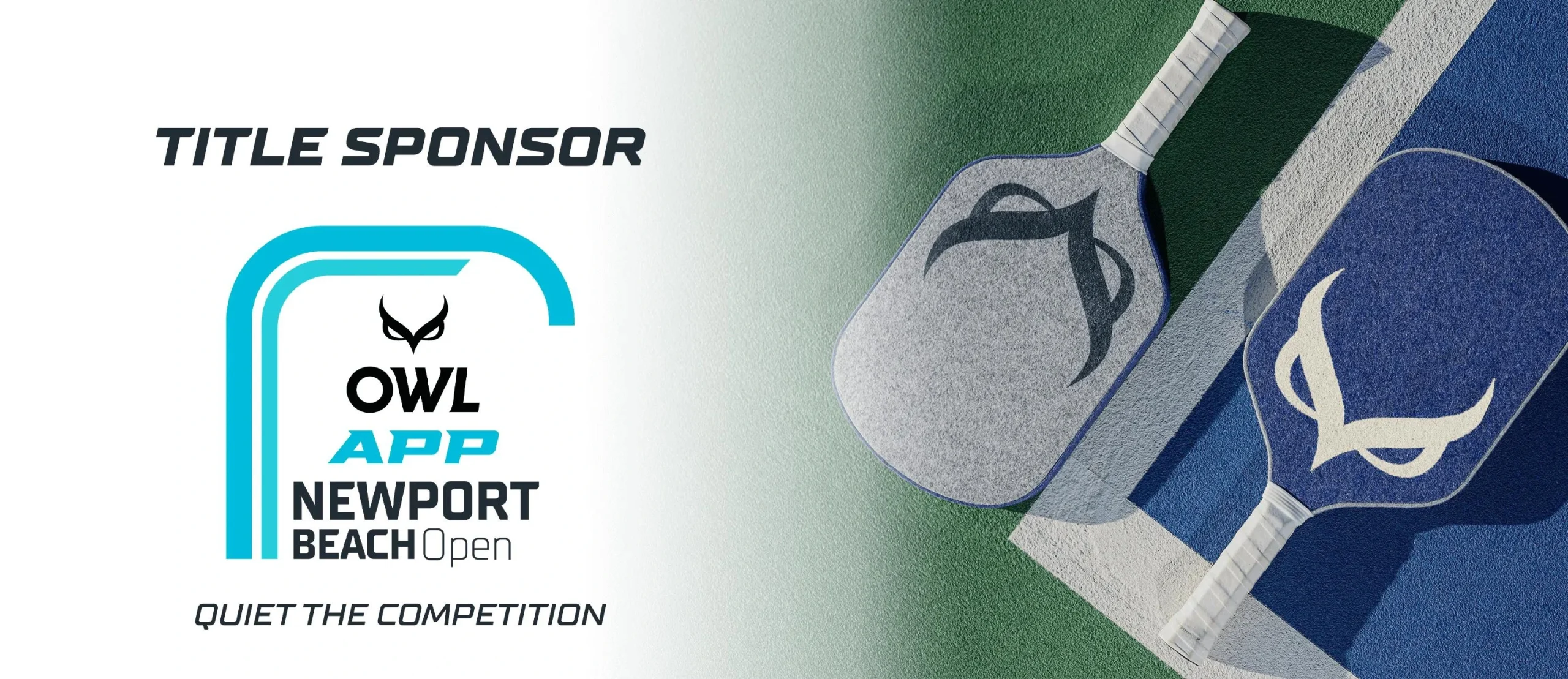
APP Official Paddle Partner: OWL Sport Pickleball Paddles
OWL Sport Pickleball Paddles: Partner of the APP
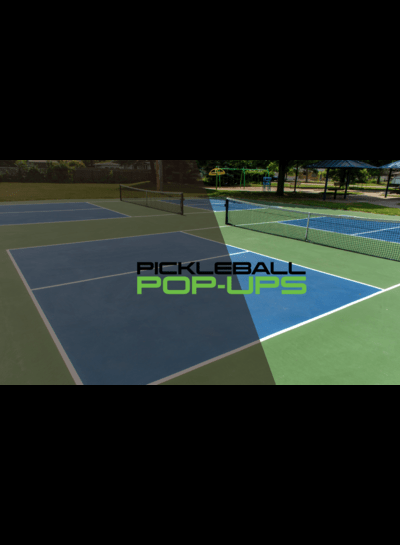
The world of events is constantly seeking fresh ideas to engage audiences, foster connections, and leave a lasting impression. Enter Pickleball Pop-Ups, a company spiking the event industry with a unique concept: portable pickleball courts that transform ordinary gatherings into extraordinary experiences. Pickleball. Anywhere. The USA’s Leading Provider of Temporary Pickleball Experiences Beyond the Baseline:…

OWL Sport Pickleball Paddles: Partner of the APP
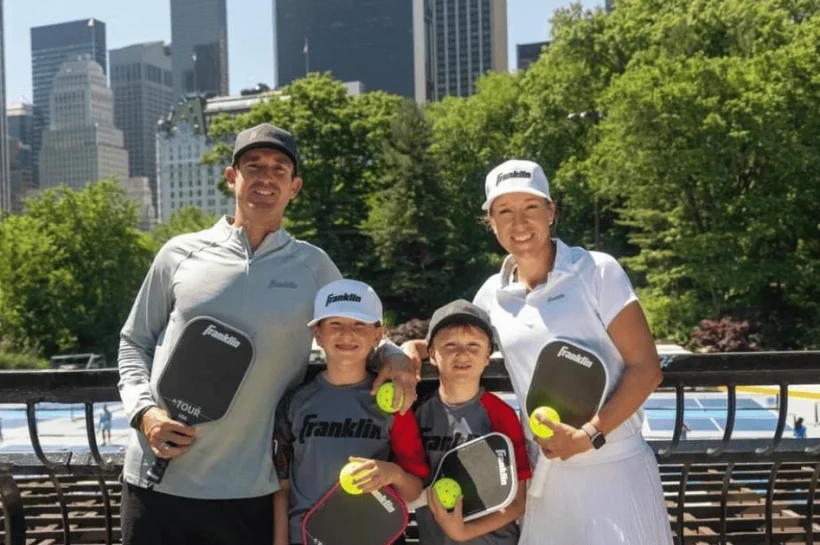
Founded in 1946 by brothers Sydney and Irving Franklin in Brockton, Massachusetts, Franklin Sports has remained a family-owned business for three generations. The company are leather experts known for their batting gloves and football balls. Now, Franklin Sports pickleball equipment is making a noise, but are they any good? The company has manufactured sport equipment…

The quaint valley town of Ojai is famed for its picturesque backdrop and juicy citrus fruits. A new sport is making a racquet, fun for some neighbors and noise pollution to others. Owl paddles Ojai Valley pickleball initiative has stepped up to reduce noise and bring peace to the community. Greg Doss, the Pickleball Director…
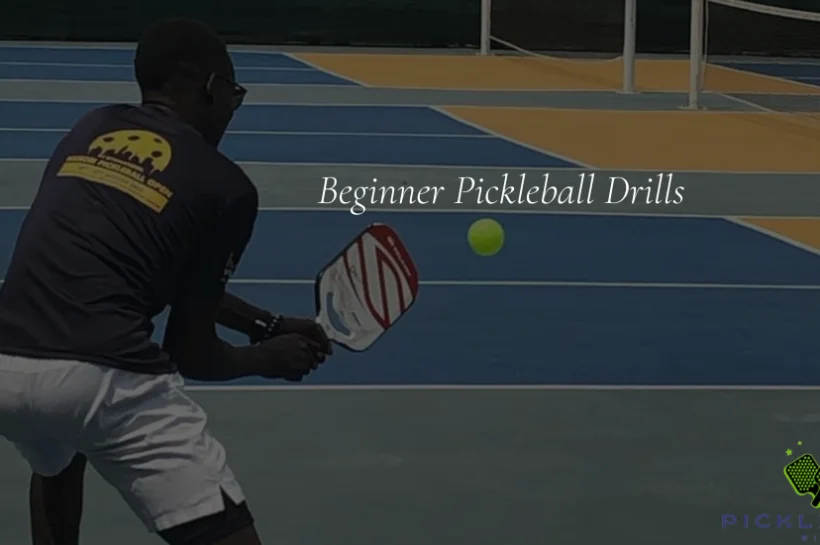
When you start out, every individual you play will give you free advice, and you often get what you pay for. I learned that the hard way, but eventually I paid for coaching and learned what the best pickleball drills for beginners were. Improving my dinks and developing return consistency transformed my game. I’ll run…
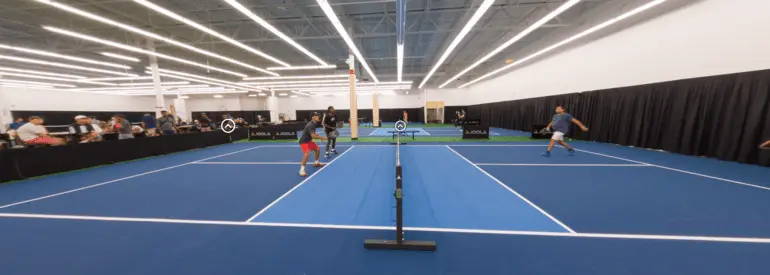
The pickleball revolution has found its way into the heart of Memphis, Tennessee. Pickleball 901 has emerged as a driving force behind the sport’s popularity with locals. The combination of a premier indoor facility and innovative pop-up events is a winning formula. Recently, we caught up with co-founders, Adam Clay and Jakob Eliason, to see…

Sherry touched down in the rainbow nation in January 2023 with a mission to take pickleball in South Africa to disadvantaged areas. She hit the ground running and in 18 months she has spread the sport to areas like Alexandra, Eldorado Park, Tembisa and the famous Soweto. Our American friend has taken on the task…
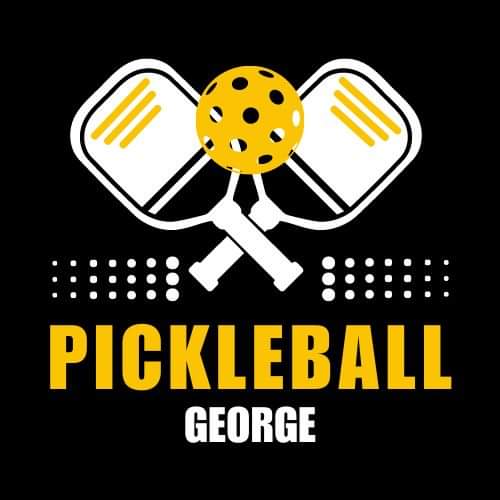
Jan Fourie, a physical therapist and fitness enthusiast, has brought the vibrant world of pickleball to the heart of George, Western Cape. Inspired by the sport’s growing popularity and its potential to cater to a wide range of players, Fourie transformed part of his gym into dedicated indoor courts. Now you can play pickleball in…
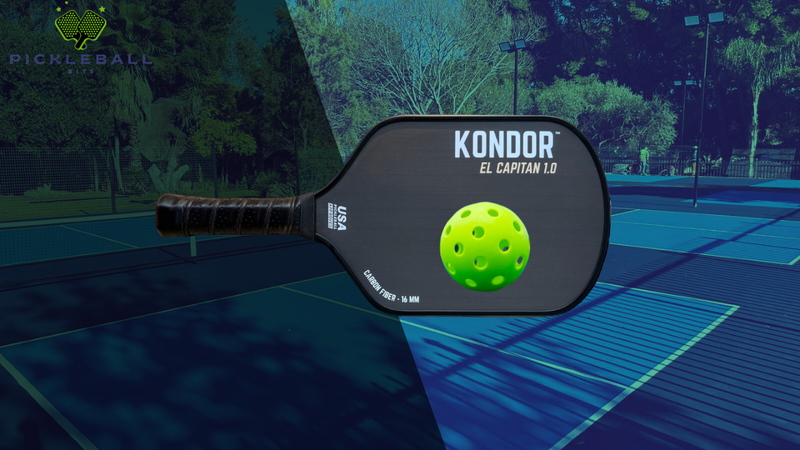
I recently caught up with Chandler Carney in Santiago De Chile to hear more about the brand taking over courts one dink at a time. It gave me a chance to do a KONDOR pickleball paddle review on their El Capitan 1.0 Pro and the 3K Carbon ATTK. Elite players will want to scroll to…
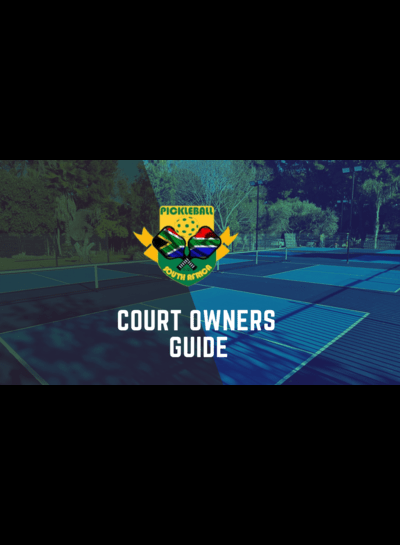
Welcome to the Pickleball South Africa Court Owners Guide! This guide answers frequently asked questions (FAQs) for aspiring pickleball South Africa court owners. Court Set Up and Equipment: Pickleball Court Size A regulation court is 13.41m (l) by 6.096 m (w), with non-volley zones measuring 2.133m (w) on either side of the net. A centerline…